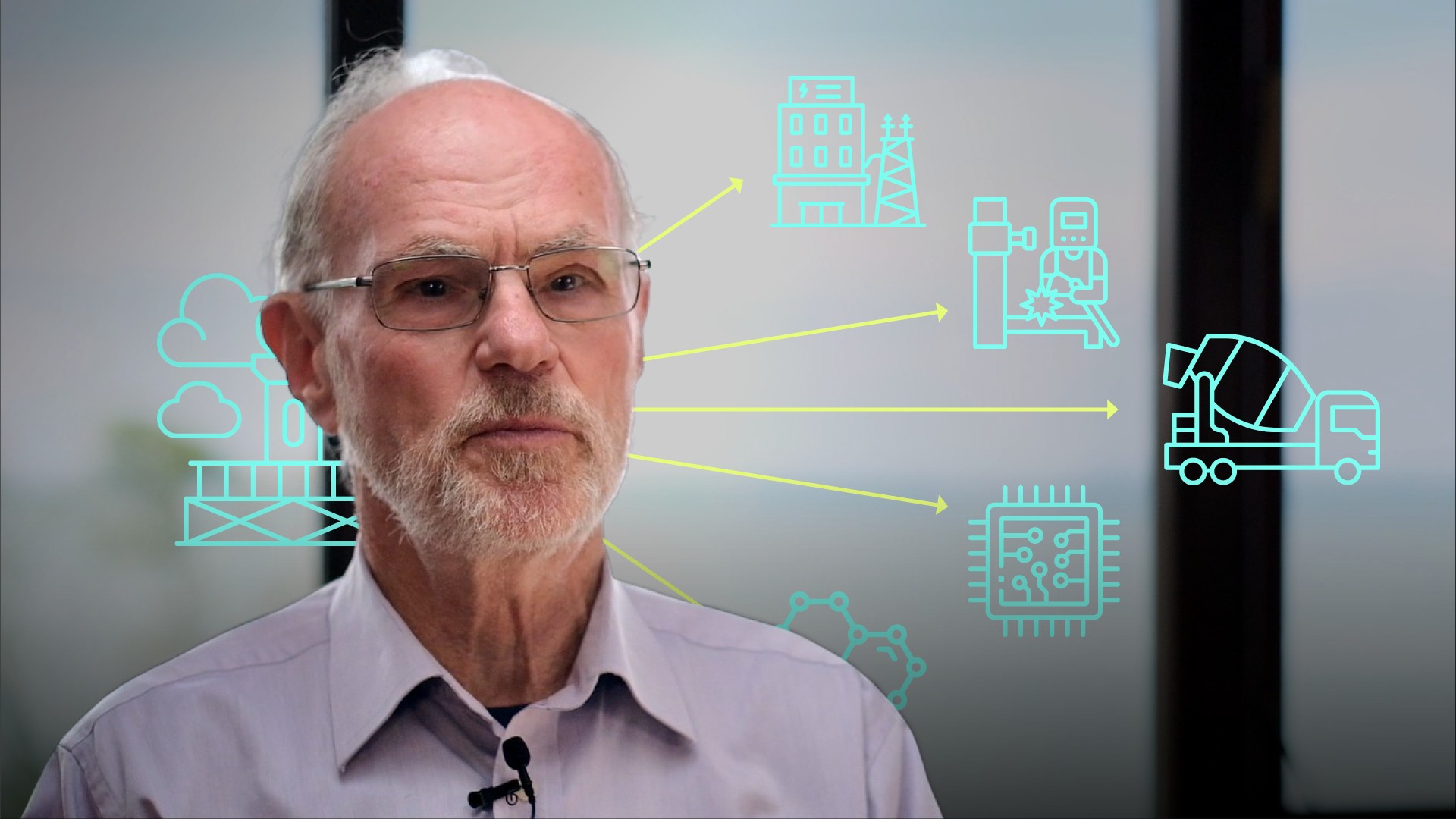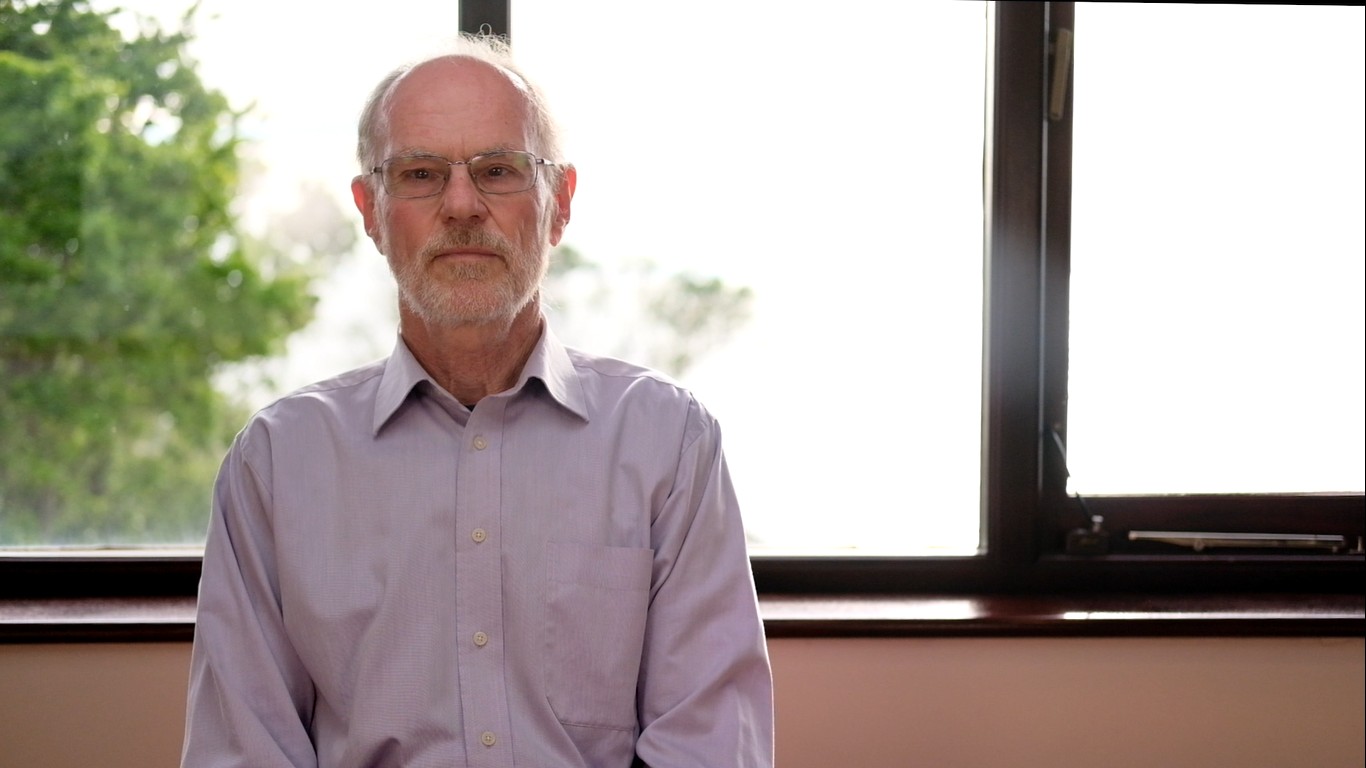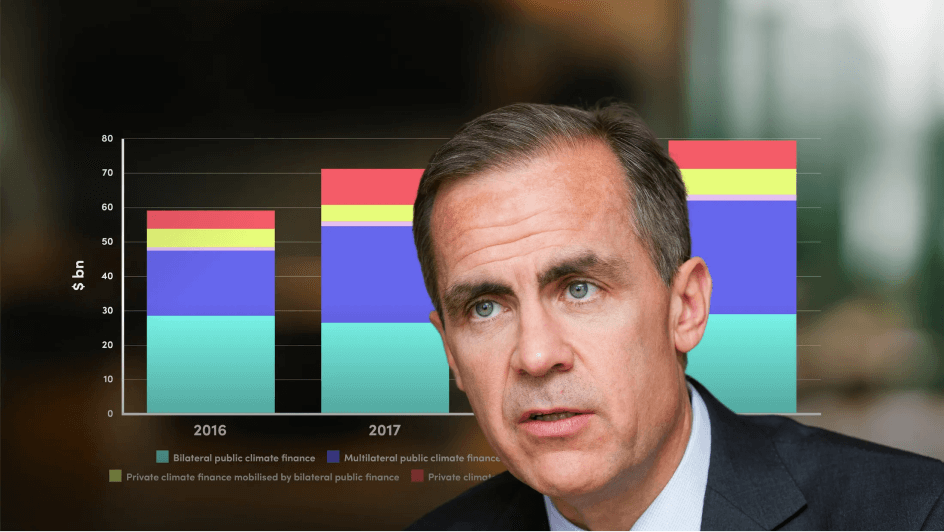
Renewables Jargon Buster

Colin Palmer
40 years: Renewable energy
Like any industry, the world of renewables has its own share of jargon which can be inaccessible to outsiders. Renewable energy has changed and grown dramatically in recent years. In a world awash with fake news, it has not been difficult for these people to promote and perpetuate a number of myths designed to undermine confidence in these technologies. A few of the more egregious ones are discussed in this video.
Like any industry, the world of renewables has its own share of jargon which can be inaccessible to outsiders. Renewable energy has changed and grown dramatically in recent years. In a world awash with fake news, it has not been difficult for these people to promote and perpetuate a number of myths designed to undermine confidence in these technologies. A few of the more egregious ones are discussed in this video.
Subscribe to watch
Access this and all of the content on our platform by signing up for a 7-day free trial.

Renewables Jargon Buster
17 mins 32 secs
Key learning objectives:
What are electrical grids, off-grid power & smart-grids?
What is demand-side management & V2G technologies?
How do different sources of renewable energy differ in Capacity factor & efficiency?
How is the cost of energy calculated?
Overview:
Like any industry, renewable energy has its share of jargon and myths. Part of the reason is the sheer complexity of modern electricity systems contrasted with the apparently simple need to provide power in a passive response to demand. In this video Colin covers all of these.
Subscribe to watch
Access this and all of the content on our platform by signing up for a 7-day free trial.
How do electricity grids work?
The electricity grid - a system for the generation and distribution of electricity, has had a top-down structure. Large centralised power stations, originally burning coal, but more recently oil, then gas, supplemented by nuclear power stations, have been connected at very high voltage to major transmission lines. These lines terminate at grid supply points, where the voltage is reduced and the network complexity increases, in order to distribute power to individual factories, businesses and homes.
What are the issues with electricity grids?
- There are large, and unavoidable losses in a system such as this
- A fundamental control issue for such systems is matching supply and demand
- The networks were not designed to accommodate this embedded generation and there has been substantial institutional resistance to its spread
What will the move to 100% renewable power require?
There will be a need for increasingly sophisticated control systems and algorithms coupled with real time management of demand - the “smart grid”. In addition, the grid will require increasing amounts of storage, initially for short time periods measured in hours, but ultimately for much longer. The short term storage is likely to be provided by dedicated lithium-ion battery facilities and using some of the capacity in electric vehicles (vehicle to grid or V2G). Other battery technologies, maybe forms of mechanical storage (flywheels, gravity systems and pumped water) and heat storage will be needed for longer periods, eventually complemented by hydrogen.
What is Off grid power?
In developed countries there is a movement to become totally self-sufficient, generating electricity from small solar PV and wind systems and storing excess in battery banks for later use. These people are off-grid by choice.
What is Behind the meter?
When generation and/or storage is installed in, say, a factory or on a domestic roof, this is referred to as “behind the meter” because it is located and connected on the consumer side of the metering point. This means that, from the point of view of the electricity supplier, the demand for their power is reduced or the pattern changed due to the presence of the generation/storage. This can reduce costs for the consumer, both by replacing some imported power with locally generated, lower cost power and by shifting demand to times of day when prices may be less.
What is Demand side management?
Demand side management (DSM) is a process in which a consumer changes the pattern of electricity demand. This may be in response to the price signals from the electricity market, or to provide a DSM service to the electricity system operator.
What is a Smart grid?
Smart grid combines storage (Dinorwig) with demand shifting (night storage heaters). The process is much more diffuse, complicated, intelligent and interconnected, but the overall aims are the same - to match generation to demand, at minimum cost. Smart appliances and smart loads can respond autonomously to signals sent over the network, distributed systems of batteries can accept and release energy as required, on a network containing increasing amounts of local, embedded generation.
What are V2G technologies?
The smart grid requires large electricity storage capacity when large volumes of renewable power are connected. Companies are deploying dedicated battery installations and other storage technologies are under development. The technology required to make this possible is termed V2G (vehicle to grid). It will entail automated systems that allow owners to connect their cars as active, grid connected storage devices - and be paid for the services that they provide.
What is a potential drawback of V2G technologies?
With large numbers of EVs on the road, the grid will be unable to cope. That would likely be the case if every EV were charged at the same time in the early evening, when other demand peaks. But in practice, variable tariffs and smart connection technologies will mean that charging is spread throughout the day and largely done overnight when generation capacity is more than adequate, EVs will become the storage heaters of the 21st century.
How do different sources of renewable energy differ in Capacity factor & efficiency?
- The ratio of the actual output to that which could theoretically be achieved by operating at full power for 100% of the time is called the capacity factor
- For wind energy, the capacity factor has historically been between 25% and 35%
- For solar energy the capacity factor is lower - being around 12% at UK latitudes but as much as 25% in more favourable locations
- Efficiency is the ratio of the energy available at any one time, to the energy output. For example, a modern wind turbine converts most of the available wind energy at better than 80% of the theoretical maximum
- Fossil fuel generators ratio of fuel energy to electrical output is only around 40% due to fundamental thermodynamic limits
How is the Cost of energy calculated?
- In the UK, the wholesale price of electricity was around 4.5p per kWh earlier in the year. 4.5p per kWh is equal to £45/MWh. Recently, prices have increased to around £60/MWh and may stay around that level
- Power prices of around £30 to £50/MWh are typical of existing fossil fuel plants across the world. New plants are generally expected to require prices closer to £60/MWh in order to repay the investment capital
- In some parts of the world, the cost of energy from solar power can be as low as $15/MWh
- The cost of electricity from onshore wind is typically around $45/MWh and $45 to $60/MWh from offshore wind
- At the other extreme, the Hinkley nuclear power station under construction in the UK will be paid in excess of £100/MWh for its power
Subscribe to watch
Access this and all of the content on our platform by signing up for a 7-day free trial.

Colin Palmer
There are no available Videos from "Colin Palmer"





























